When it comes to Thai cuisine, few dishes capture the imagination like pad Thai. This world-famous stir-fried noodle dish offers a perfect balance of sweet, tangy, and savory flavors with a delightful medley of textures. Halal shrimp pad Thai is a delicious way to enjoy this iconic dish while adhering to dietary guidelines. With a few ingredient swaps and the right techniques, you can recreate this crowd-pleaser in your own kitchen.
What is Pad Thai?
Pad Thai is a traditional Thai street food and comfort dish, often referred to as the national dish of Thailand. It typically features rice noodles stir-fried with shrimp, tofu, eggs, bean sprouts, and a flavorful sauce made from tamarind, fish sauce, and palm sugar. Topped with crushed peanuts and lime wedges, this dish is a symphony of contrasting flavors and textures.
While pad Thai is widely enjoyed, its preparation often includes non-halal ingredients, especially in its sauces. A halal version allows you to experience the authentic taste of this dish while respecting dietary requirements.
Non-Halal Components and Halal Alternatives
To make shrimp pad Thai halal, it is important to address some common ingredients that may not be permissible:
- Fish Sauce:
- Haram Issue: Many fish sauces contain alcohol as a byproduct of fermentation.
- Halal Alternative: Look for halal-certified fish sauce, or substitute with a mix of soy sauce and a pinch of ground seaweed for the umami flavor.
- Shrimp and Seafood:
- Haram Issue: Non-halal shrimp or improperly slaughtered seafood may not meet Islamic dietary standards.
- Halal Alternative: Ensure that shrimp is sourced from halal-certified suppliers.
- Cooking Wine:
- Haram Issue: Some recipes include cooking wine for added flavor.
- Halal Alternative: Omit the wine altogether or use a halal-friendly vinegar like rice vinegar to achieve a similar tanginess.
- Cross-Contamination:
- Haram Issue: Utensils or woks used to prepare non-halal dishes may cause cross-contamination.
- Halal Alternative: Use dedicated or thoroughly cleaned utensils for halal cooking.
Tools You’ll Need:
- A wok or large skillet for stir-frying
- A sharp knife for ingredient preparation
- A mixing bowl for combining the sauce
How to Make Halal Shrimp Pad Thai
Halal Shrimp Pad Thai
Course: MainCuisine: ThaiDifficulty: Medium4
servings15
minutes25
minutes500
kcalThailand’s iconic noodle dish prepared with halal shrimp.
WHAT YOU’LL NEED
- For the Sauce:
3 tablespoons of tamarind paste
2 tablespoons of halal-certified fish sauce or soy sauce alternative
2 tablespoons of palm sugar or brown sugar
1 tablespoon of rice vinegar
- For the Stir-Fry:
200 grams of rice noodles
2 tablespoons of halal-certified vegetable oil
2 cloves of garlic, minced
300 grams of halal shrimp, peeled and deveined
1 egg (optional, omit for a vegan version)
1 cup of bean sprouts
1 cup of firm tofu, cubed and lightly pan-fried
3 tablespoons of chopped green onions
- For Garnishing:
Crushed peanuts (halal-certified)
Lime wedges
Fresh cilantro leaves
Chili flakes (optional)
STEPS TO FOLLOW
- Prepare the Sauce:
- In a mixing bowl, combine tamarind paste, fish sauce or soy sauce alternative, palm sugar, and rice vinegar. Stir until the sugar dissolves and set aside.
- Cook the Noodles:
- Soak the rice noodles in warm water for 10–15 minutes or until soft. Drain and set aside.
- Stir-Fry the Ingredients:
- Heat vegetable oil in a wok over medium-high heat. Add minced garlic and sauté until fragrant.
- Add the shrimp and cook until pink and fully cooked. Remove and set aside.
- Scramble the Egg:
- In the same wok, push the garlic and shrimp to one side and crack the egg into the other. Scramble the egg until cooked and mix it with the garlic and shrimp.
- Add the Noodles and Sauce:
- Add the softened rice noodles to the wok, followed by the prepared sauce. Toss to coat the noodles evenly.
- Incorporate Vegetables:
- Add bean sprouts, tofu, and green onions to the wok. Stir-fry for another 2–3 minutes until the vegetables are tender but still crunchy.
- Garnish and Serve:
- Transfer the pad Thai to serving plates and top with crushed peanuts, fresh cilantro, lime wedges, and chili flakes for an extra kick.
PERSONAL NOTES
Why You’ll Love Halal Shrimp Pad Thai
- Authentic Flavor: This halal version captures the traditional taste of pad Thai with minor adjustments.
- Quick and Easy: With simple ingredients and minimal cooking time, you can enjoy restaurant-quality pad Thai at home.
- Versatile: Swap shrimp for chicken, beef, or even a vegetarian option like extra tofu to suit your preferences.
- Healthy and Nutritious: Packed with protein, fresh vegetables, and zesty flavors, this dish is both satisfying and wholesome.
- Perfect for Any Occasion: Whether it is a weeknight dinner or a special gathering, halal shrimp pad Thai is sure to impress.
Conclusion
Halal shrimp pad Thai is a flavorful journey to the streets of Thailand, made accessible and permissible for halal eaters. By carefully selecting your ingredients and following this easy recipe, you can enjoy this iconic dish without compromising on taste or tradition.
Try it today and bring the vibrant flavors of Thailand to your kitchen!

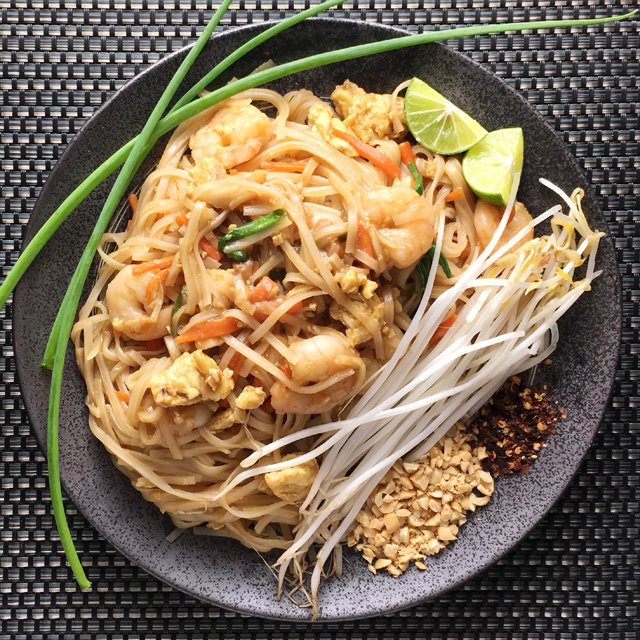
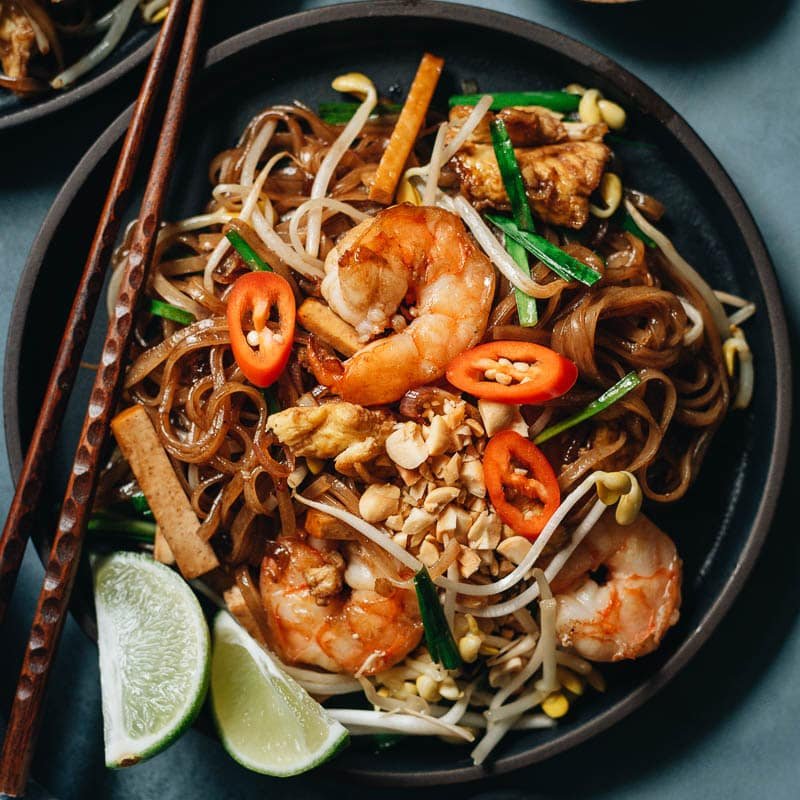
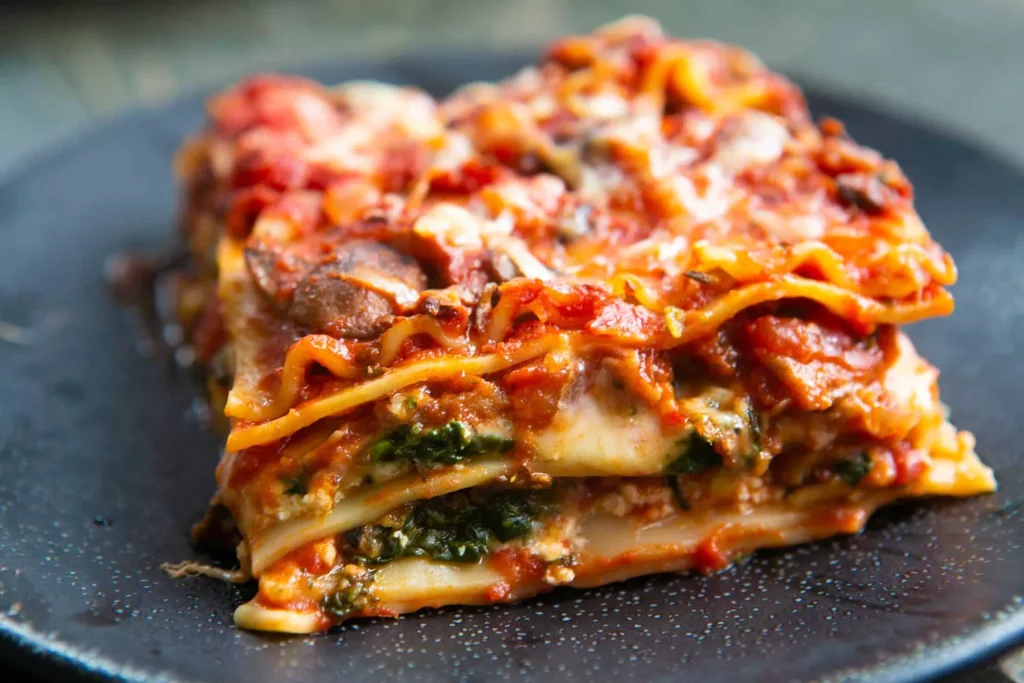
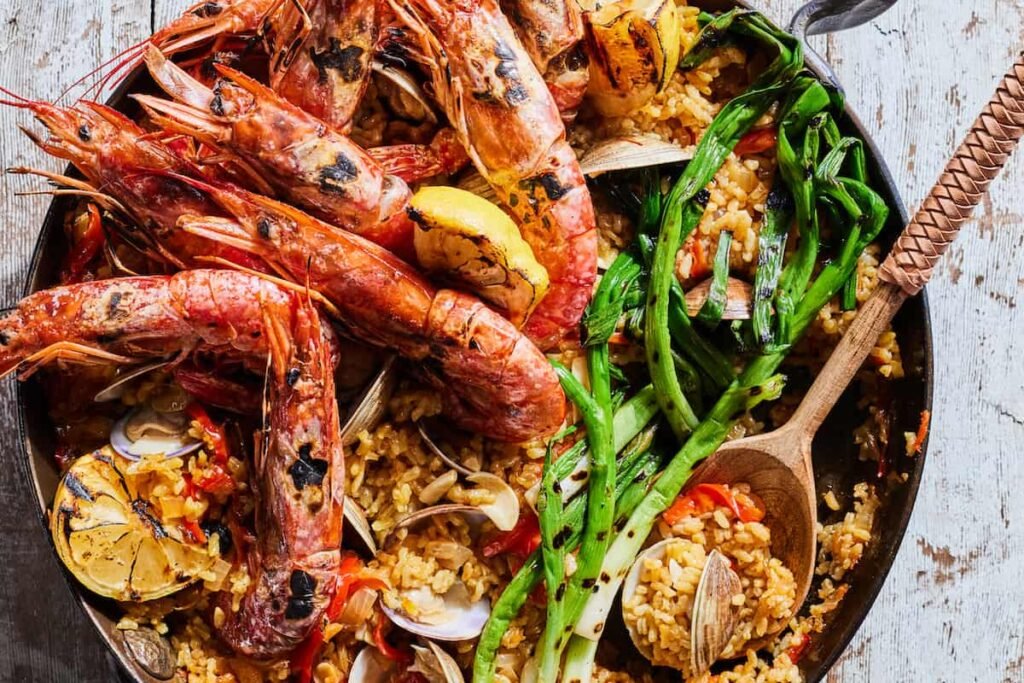

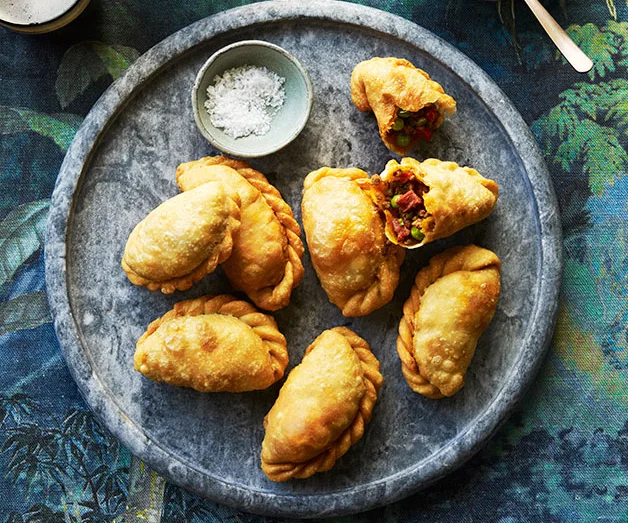

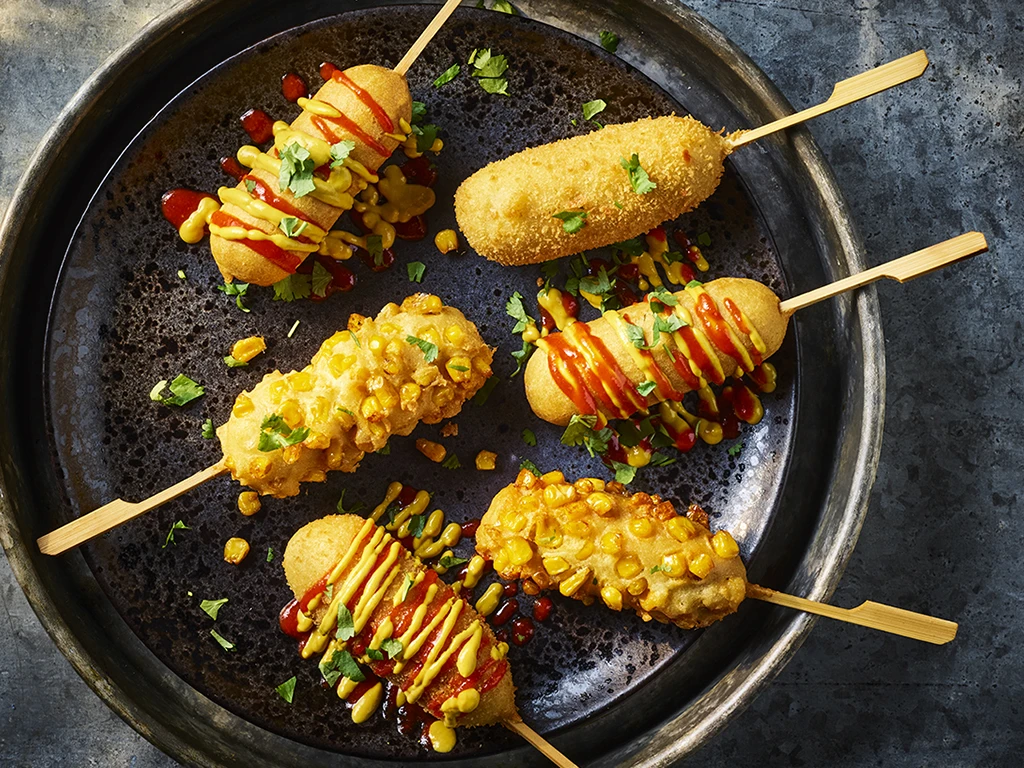
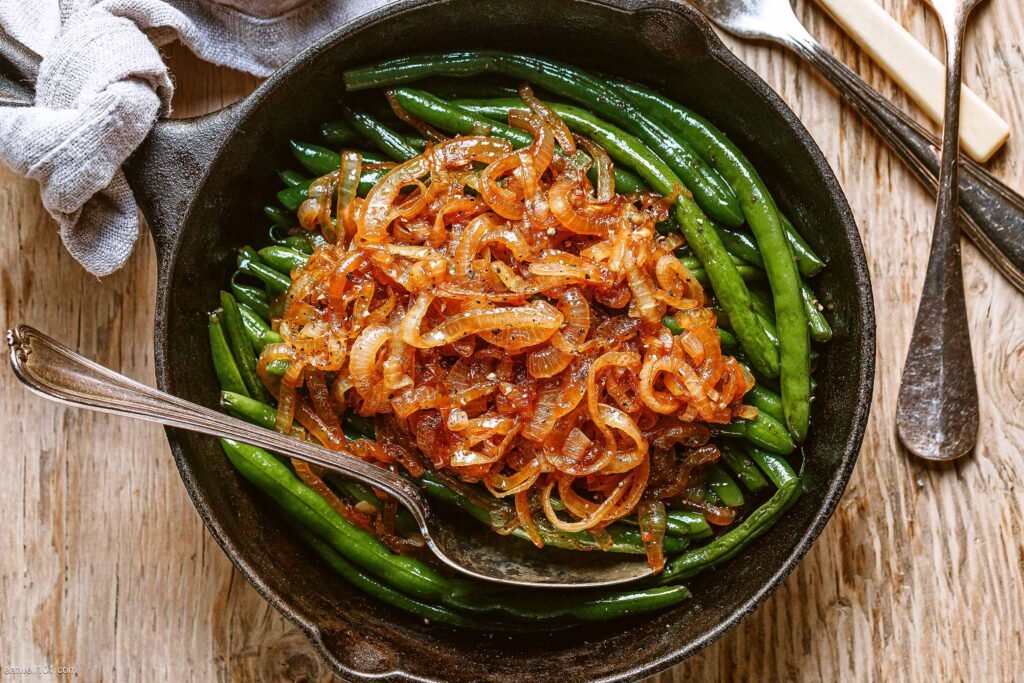
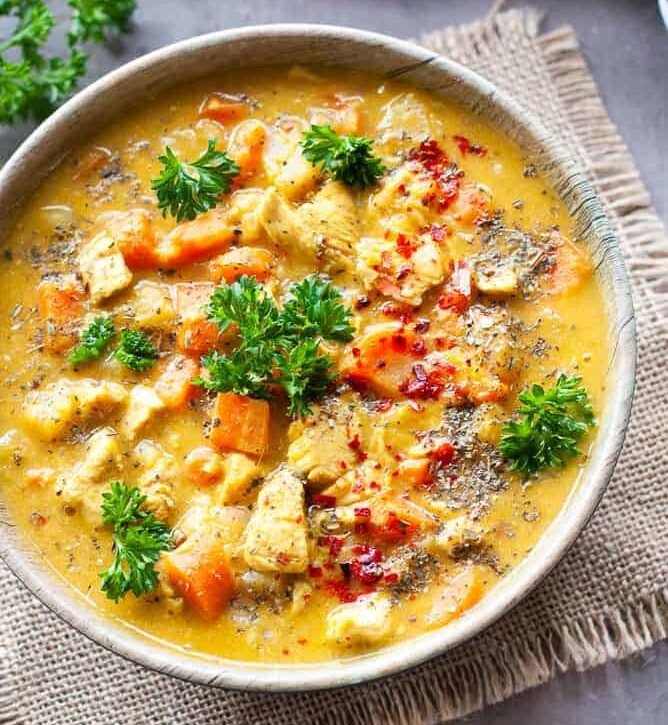
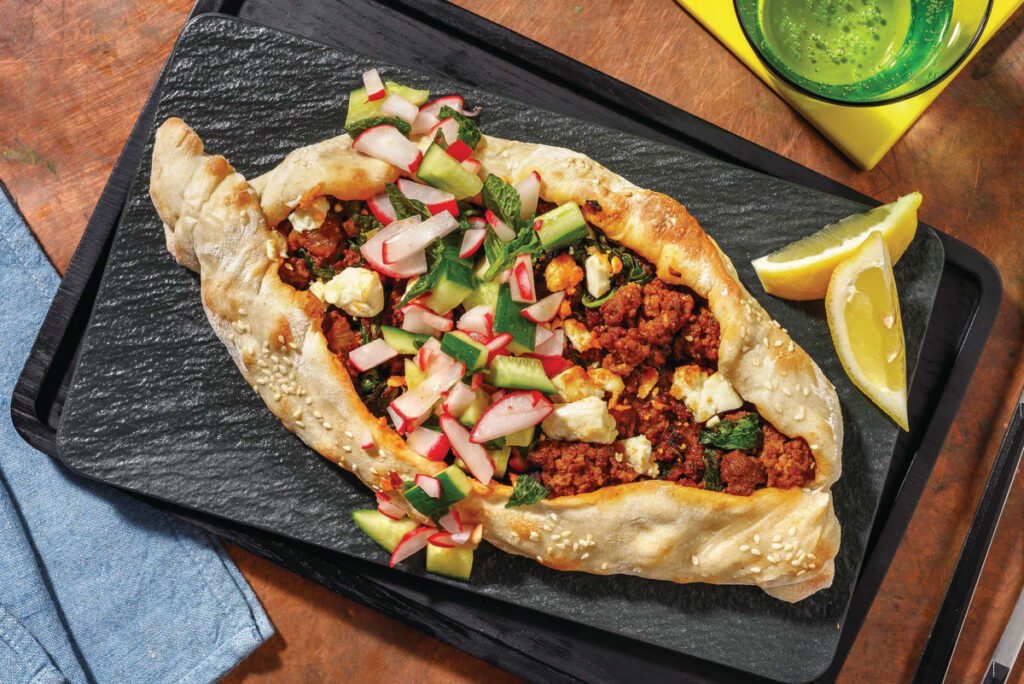
Leave a Reply to Halal Grilled Salmon Teriyaki: Japanese Delight with a Sweet Touch – Food Monde Cancel reply